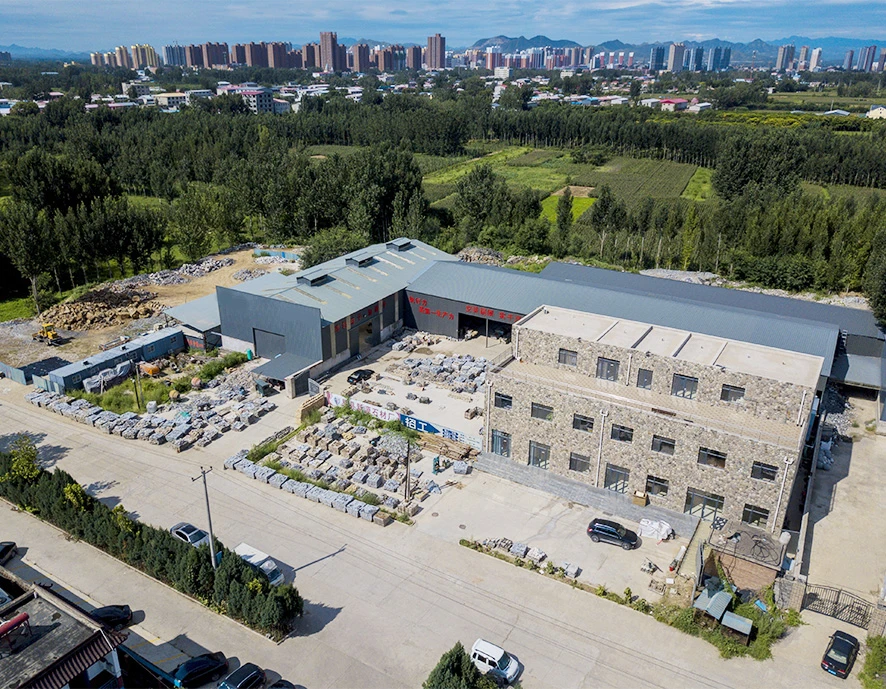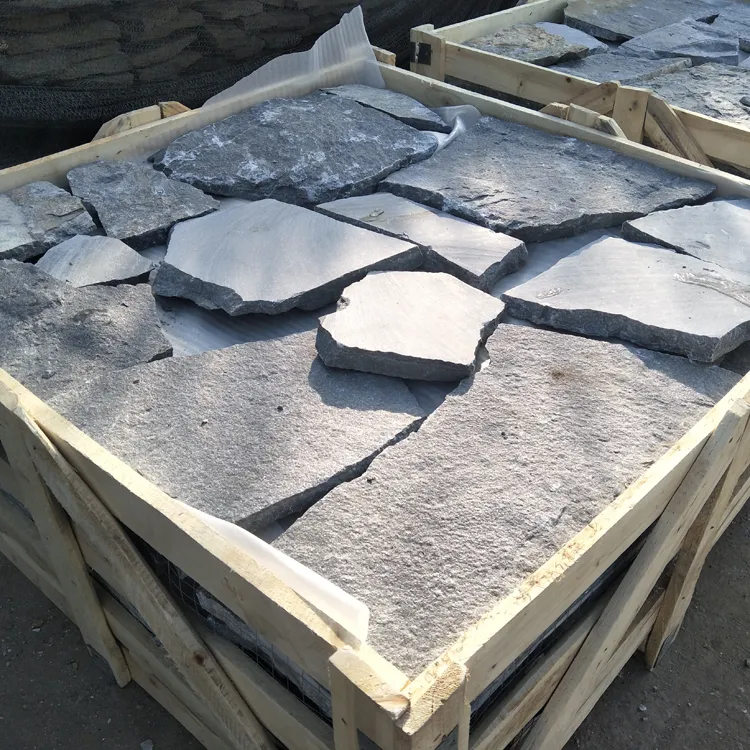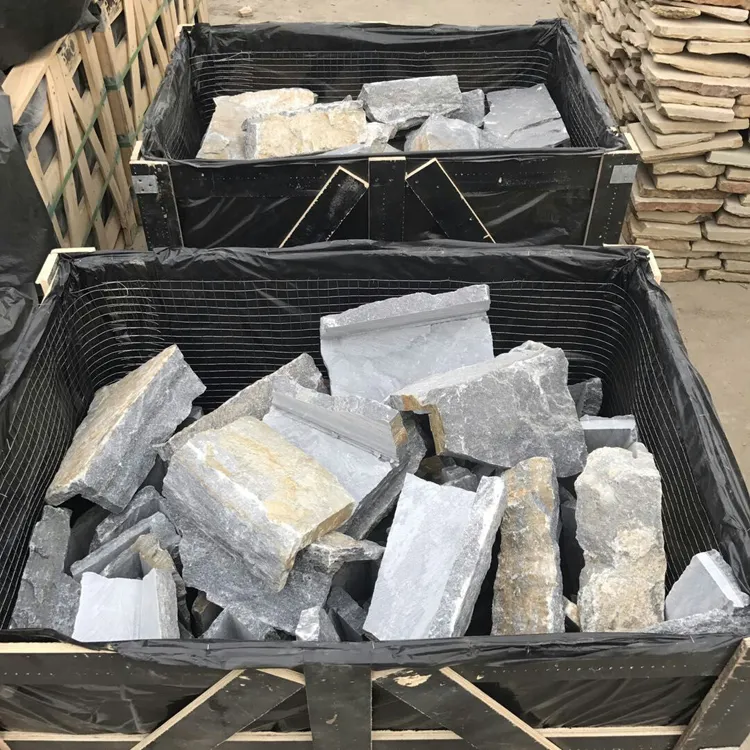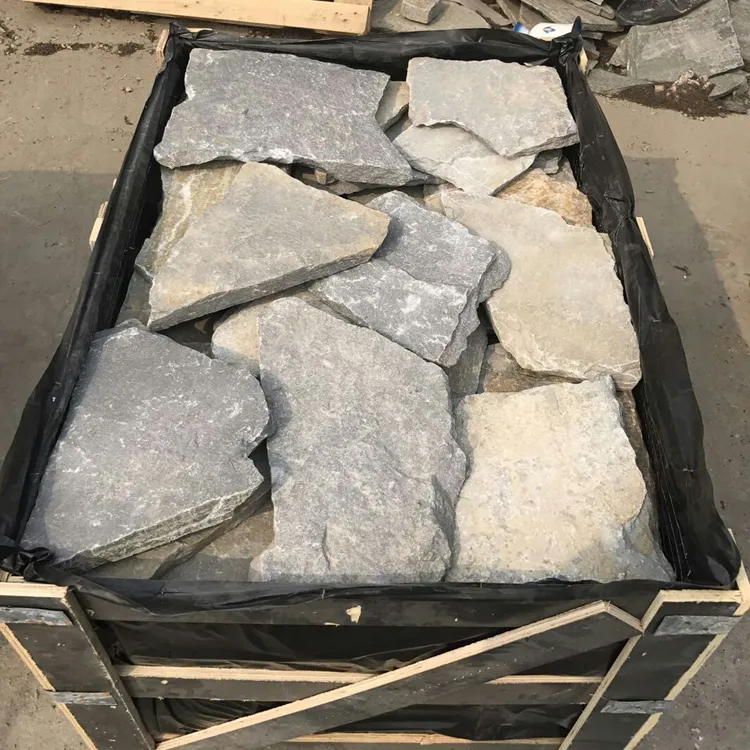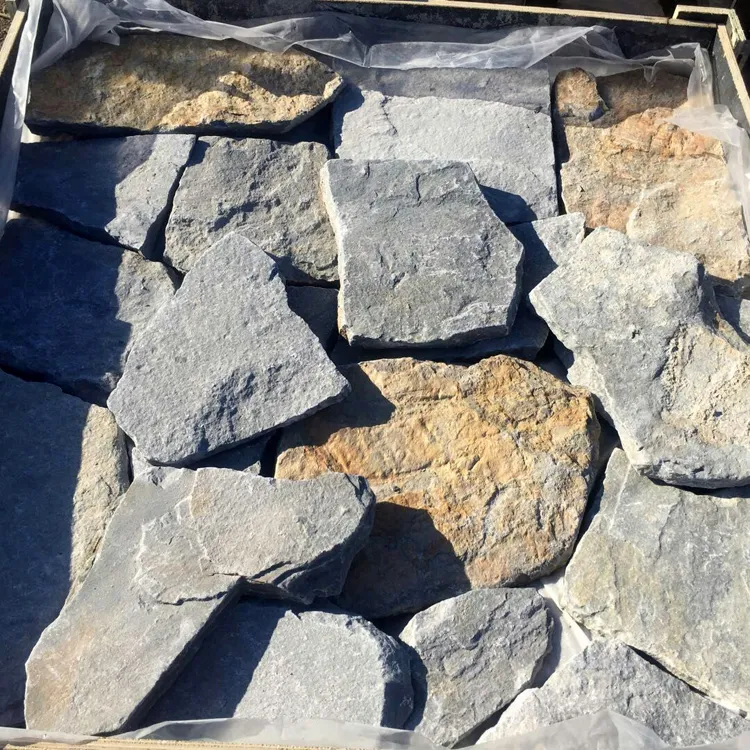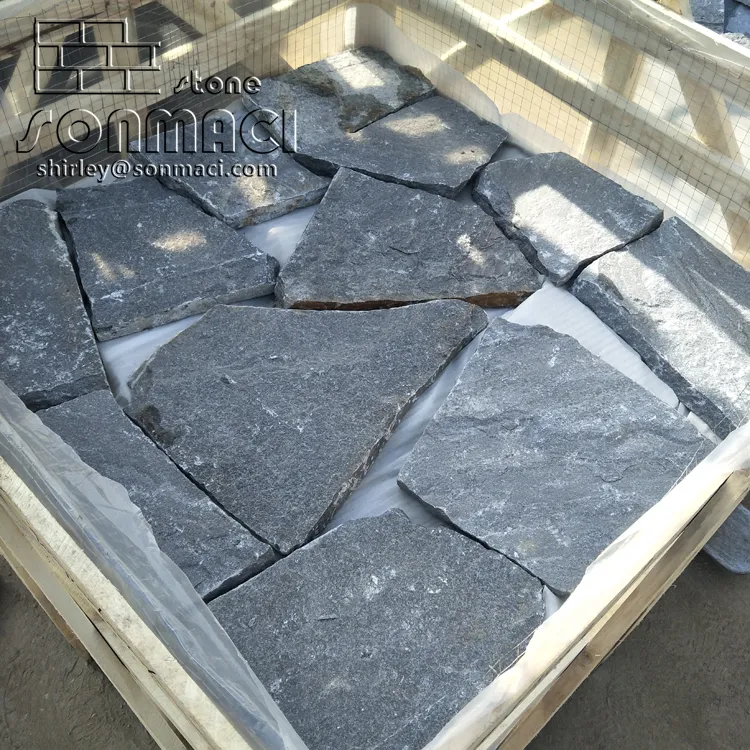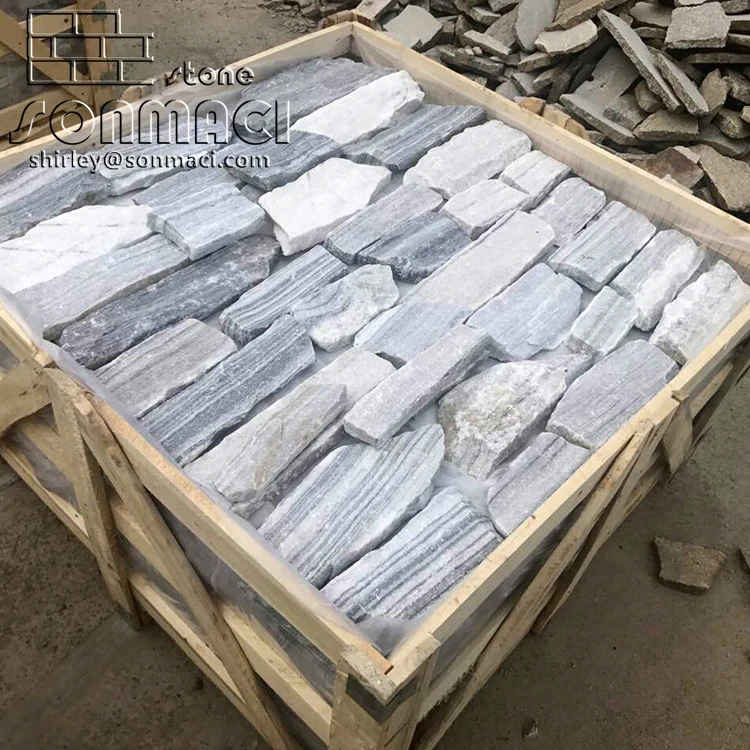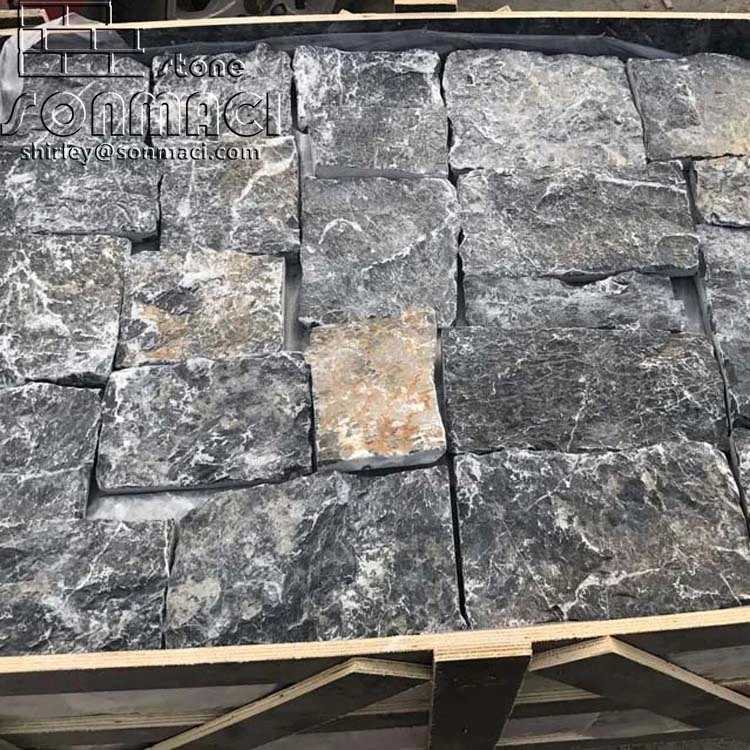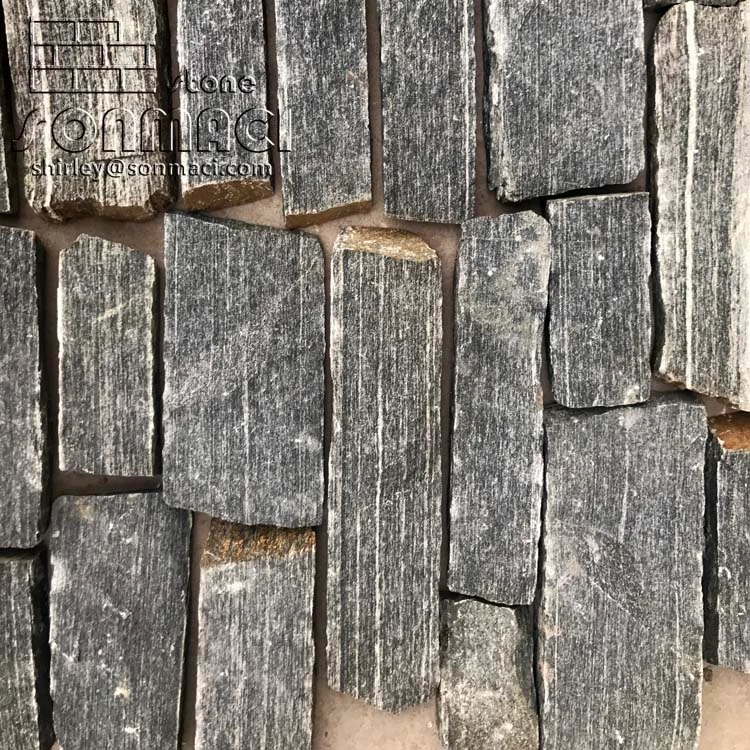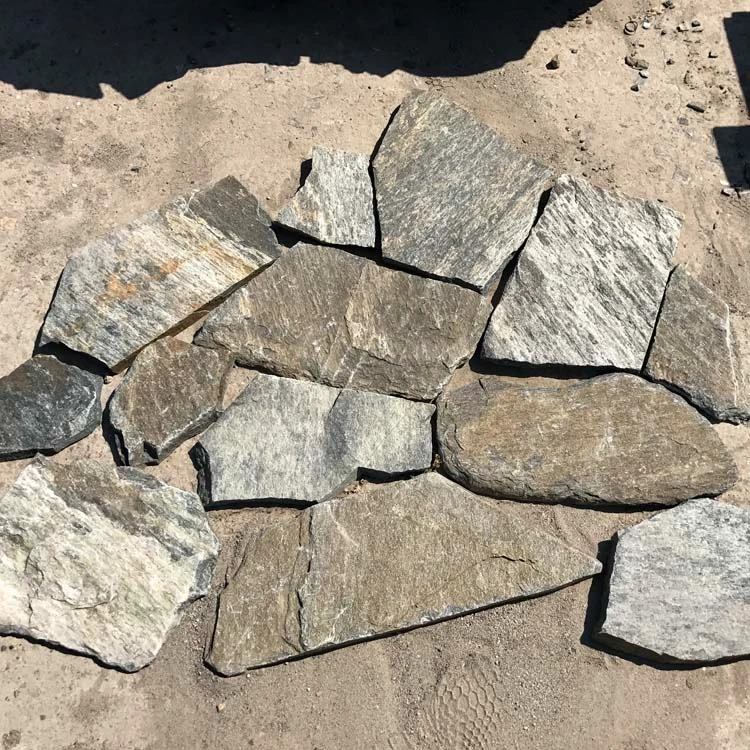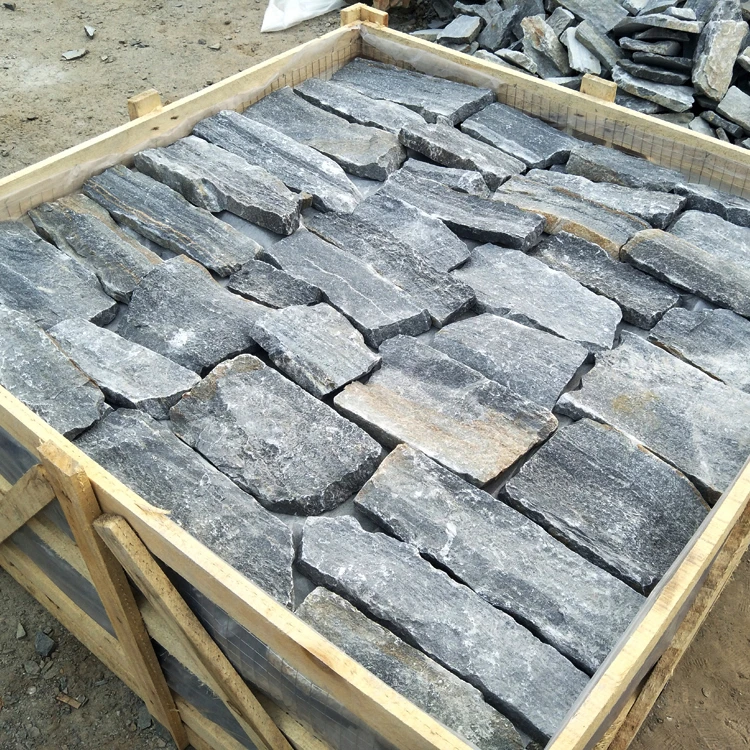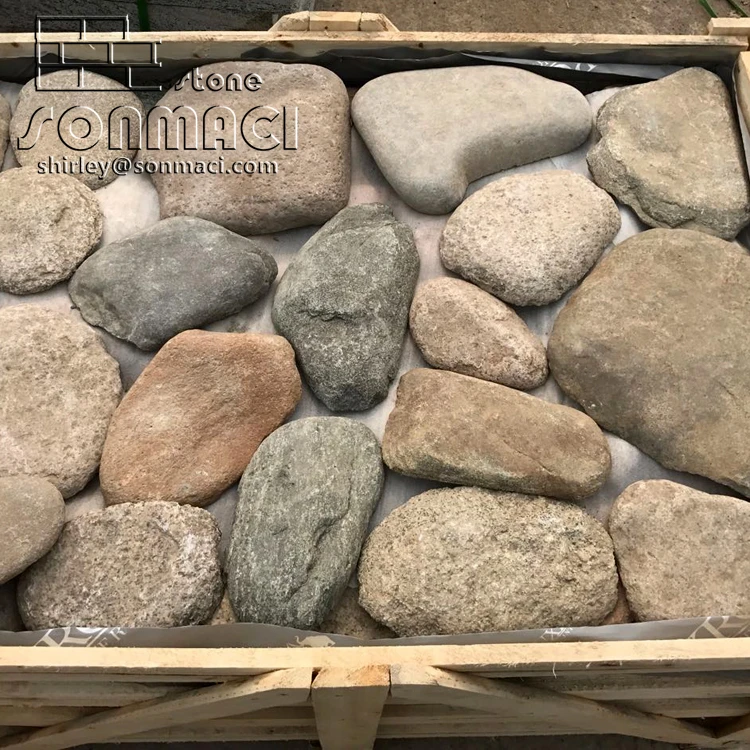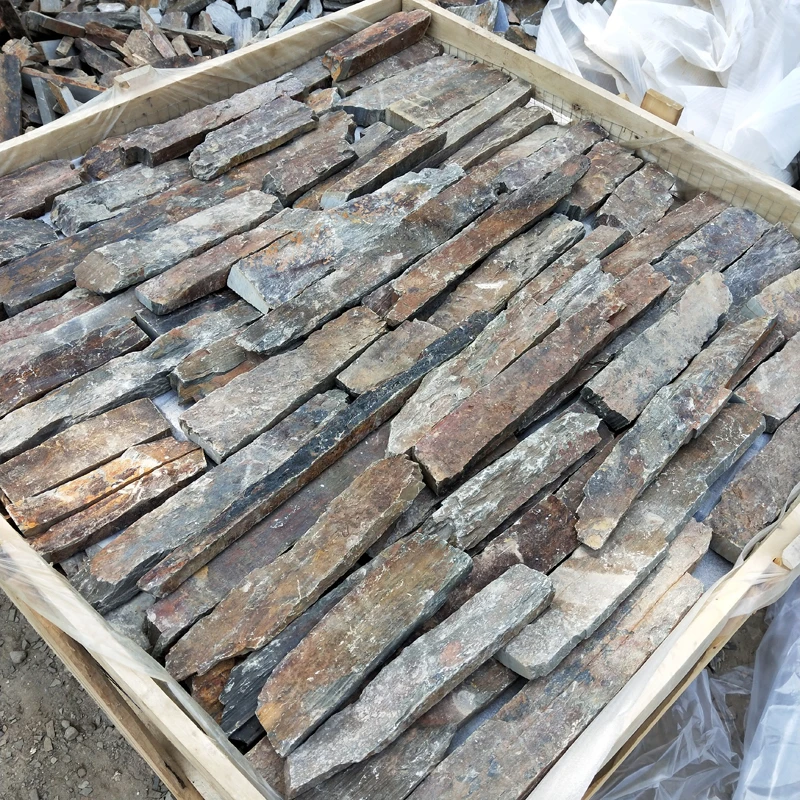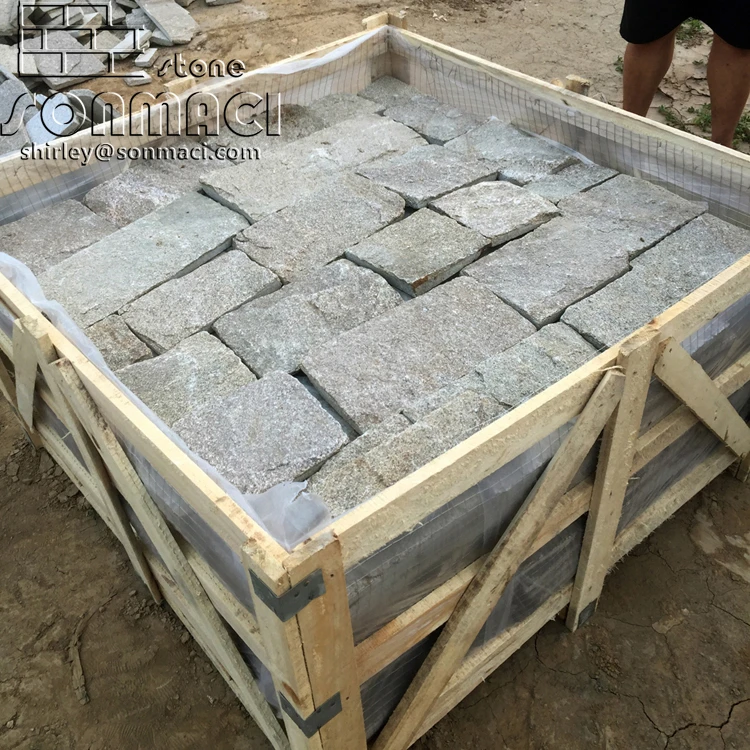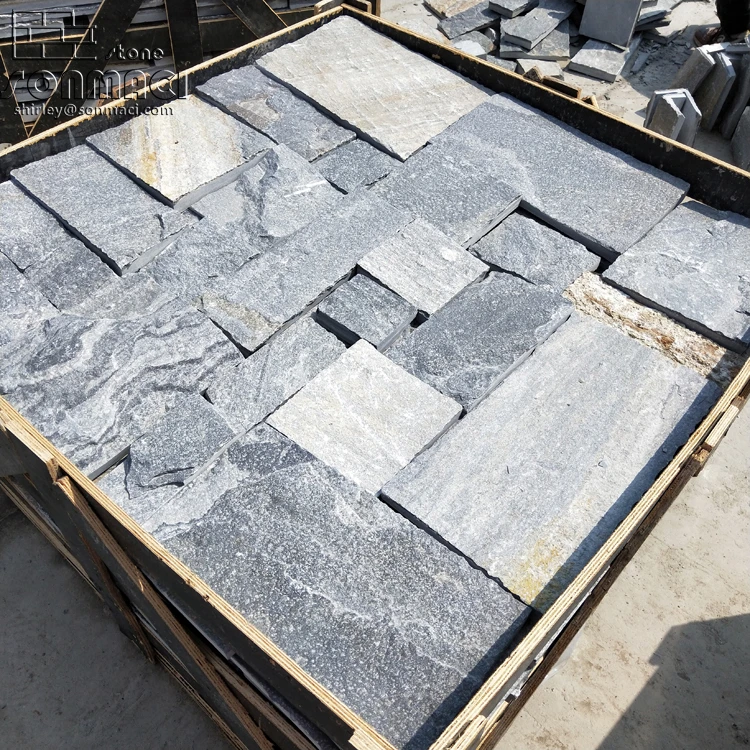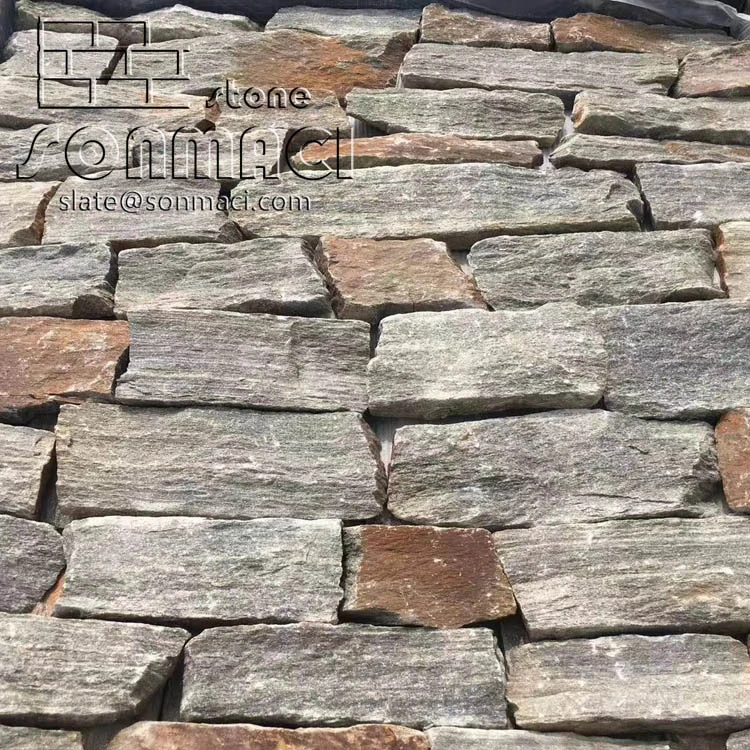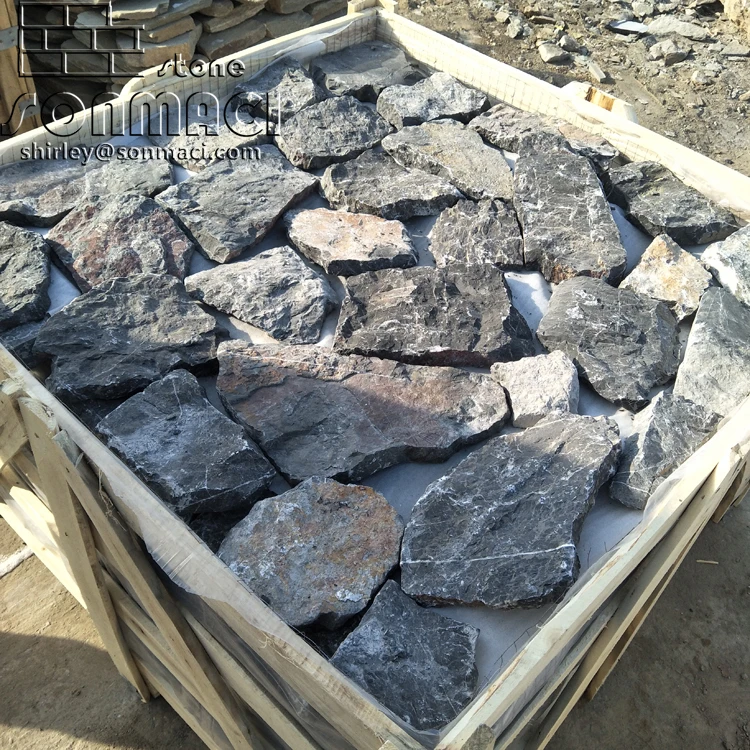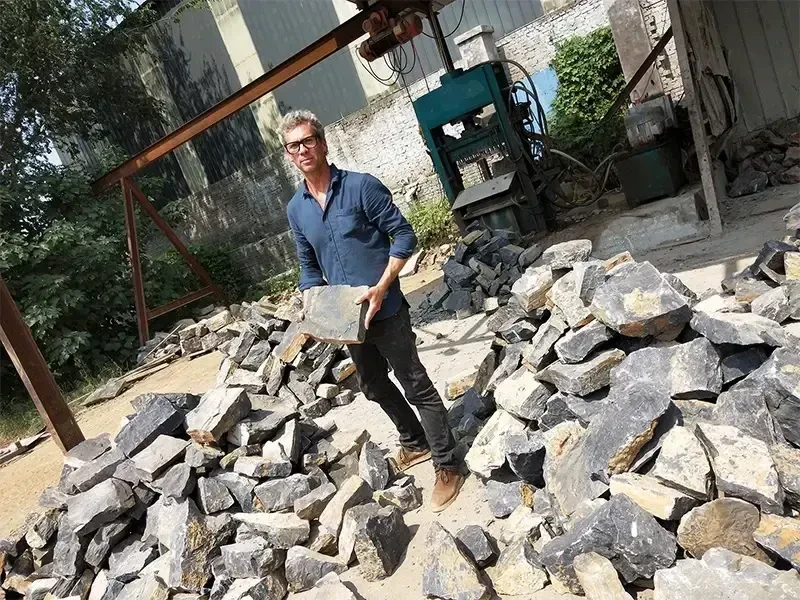Irregular Shape External Stone Wall Cladding
|
products Name |
Irregular Shape External Stone Wall Cladding
|
|
Material: |
Natural Stone, Slate, Quartz, Sandstone, limestone , Travertine, Granite, Marble |
|
Place of Original |
Hebei Province,China |
|
Stone Colors |
Grey, Beige,Black, White ,Rusty ,Green, Etc |
|
Type |
Strips Rectangle Square Irregular |
|
Size |
L:2"-14" W: 1"-6" |
|
Thickness |
1"-1.4" |
|
Weight |
About 60KGS/Sqm |
|
Surface Finishing |
Split /Machine Cut |
|
Usage |
Wall Decoration/ Wall Cladding |
|
Packing |
Strong Fumigated Wooden Crates or Fumigated-free crates or according the customer’s requirements |
|
20 Ft Capacity: |
15M2/Crates 26 Crates/20 GP 390 M2/20GP or according the customer’s requirements |
|
Payment Terms: |
T/T, Western Union, Paypal, etc.. against the copy of B/L |
|
Export Market : |
Europe, Australia, Middle East, America and so on |
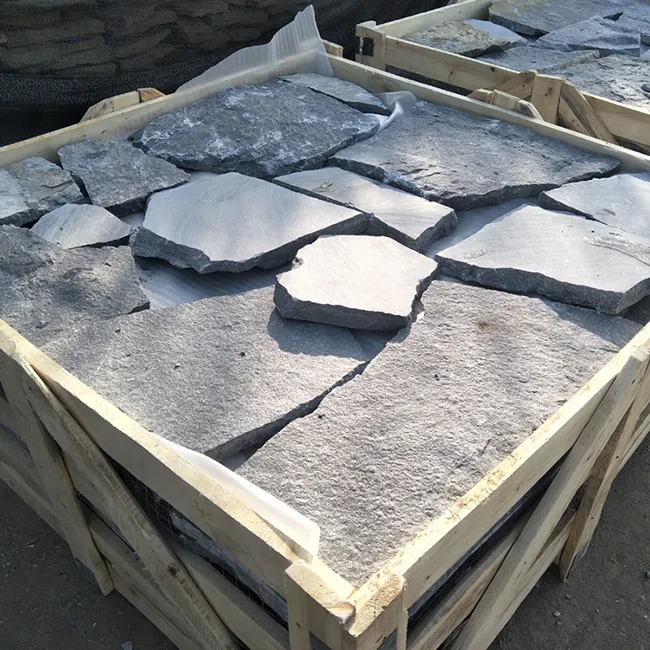
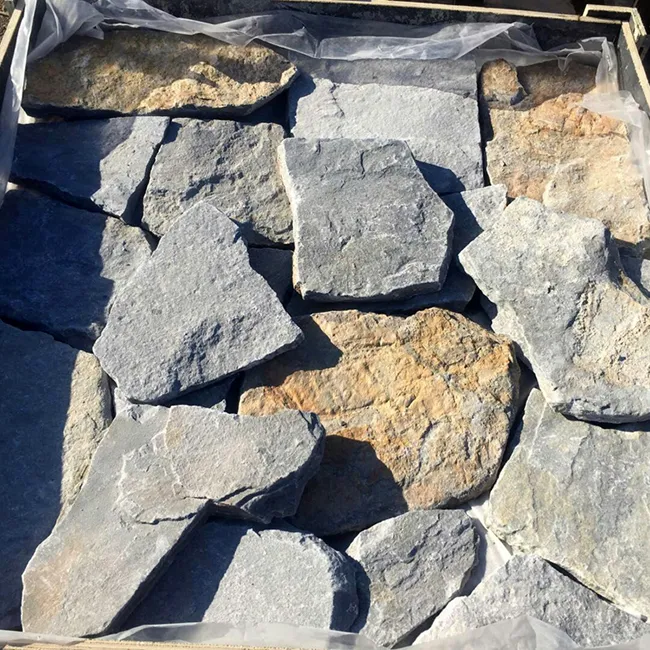
The Art of Irregular Stone Wall Cladding: Where Nature Meets Architecture
In the world of architectural finishes, irregular stone wall cladding stands apart as a celebration of nature's untamed beauty. This technique transforms building facades and interior walls into dynamic tapestries of texture and form, where no two stones mirror each other in shape, size, or surface character. Unlike the predictable patterns of modular cladding systems, irregular stone cladding captures the organic randomness of geological formations, creating spaces that feel inherently connected to the earth's raw materials.
The magic of irregular stone cladding lies in its ability to tell a story through imperfections. Each stone carries the memory of its formation—the uneven edges revealing where it split from bedrock, the varied thickness showing sedimentary layers compressed over millennia, the natural cleft faces preserving the marks of tectonic forces. When assembled by skilled craftsmen, these disparate elements unite into a cohesive whole that balances chaos with harmony. The installation process becomes an act of composition, with masons working like painters arranging a mosaic, turning what might appear as random fragments into a deliberate design statement.
Visual depth becomes the hallmark of well-executed irregular cladding. The undulating surface creates ever-changing plays of light and shadow throughout the day, with morning sunlight highlighting one set of textures and afternoon rays revealing entirely different contours. This dimensionality makes walls feel alive and interactive, inviting closer inspection to appreciate the subtle variations in each stone's mineral composition and weathering patterns. The effect ranges from rugged and rustic when using rough fieldstones to surprisingly refined when employing irregular but finely dressed ashlar blocks.
Architecturally, irregular stone cladding serves as a powerful mediator between built environments and natural landscapes. On countryside homes, it helps structures emerge organically from their surroundings as if carved from the site itself. In urban settings, it introduces a welcome element of geological authenticity amid steel and glass, creating textural counterpoints that soften modernism's sharp edges. The technique proves particularly effective for creating transitional spaces—entry walls that signal movement from exterior to interior, garden boundaries that blur where architecture ends and nature begins, or fireplace surrounds that bring the memory of mountain outcrops into domestic settings.
The technical execution of irregular stone cladding represents a fascinating intersection of traditional craftsmanship and modern engineering. Contemporary anchoring systems have evolved to secure these non-uniform pieces safely while accommodating natural stone's inherent movement and settling. Advanced mortars now provide the necessary flexibility and bonding strength without compromising the cladding's organic appearance. Behind what appears as simple stone-on-stone construction often lies carefully calculated structural support, moisture management systems, and thermal breaks that meet today's building performance standards while preserving ancient aesthetic values.
As sustainable design gains importance, irregular stone cladding offers compelling environmental narratives. The technique frequently utilizes local stone varieties, reducing transportation emissions and creating authentic regional architectural identities. Many projects incorporate salvaged stone from demolished structures or site-clearing operations, giving existing materials new purpose. When quarried anew, the irregular approach generates less waste than dimensional stone production since the process embraces natural variations rather than cutting them away. The longevity of stone cladding—often measured in centuries rather than decades—makes it a truly sustainable choice that avoids the replacement cycles of trend-driven finishes.
